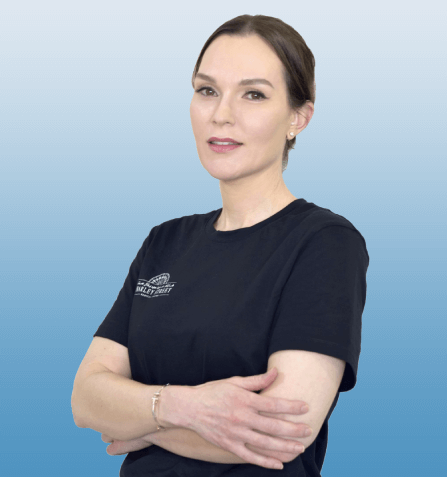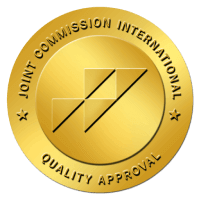ACUPUNCTURE
What is Acupuncture?
Acupuncture consists of an individual assessment and subsequent insertion of very fine needles into specific points in the body. Insertion of the needles can cause the body to release its own pain relieving chemicals. It can also cause relaxation or stimulation of the body or mind. Specialist trained musculoskeletal physiotherapists can use acupuncture as an adjunct to an individualised treatment plan, which might also consist of exercise or manual therapy.
Potential adverse effects:
- There are rare potential side effects of acupuncture. One of the most serious is a pneumothorax (air in the pleural cavity resulting in a collapse of the lung on the affected side). There is a risk of pneumothorax when you receive acupuncture over the thoracic space. Therapists practicing acupuncture have knowledge on how to minimise this risk by moderating depth and angle of needle insertion.
- Vasovagal response (loss of consciousness/fainting) can occasionally occur
- Drowsiness following treatment is a potential side effect. If possible try to rest for 2 hours after treatment
- Pain during or after treatment. Sometimes the area needled can feel sore. If the soreness is mild and resolves within a few hours this is normal and there is no need for concern.
- Mild bleeding and bruising can occur
- Emotional responses can occur.
Acupuncture is not advised for people with:
- Needle phobia
- Metal Allergy
- Poor skin condition such as infection.
Advise your physiotherapist if:
- You are or could be pregnant
- You have previously suffered from fainting or seizures (related to acupuncture or otherwise)
- You have a pacemaker or other implantable device
- You’re on anticoagulants (blood thinning medication such as aspirin).
Treatment:
Turner suggests trying to be relaxed and well rested. Avoid smoking or alcohol for at least two hours prior to and after treatment is also important. We request that you please switch off your mobile phone or turn it to silent so that you can relax and get the full benefits from acupuncture. During acupuncture, you will have needles inserted into specific points in your body and to get optimal results it is important that you relax and lay reasonably still. Some skin will have to be exposed, however your physiotherapist will do their best to preserve your dignity and avoid exposing more skin than necessary. If you feel uncomfortable about the level of exposure at any time please speak to your physiotherapist who will ensure your comfort. Most patients feel only mild discomfort when the needle is inserted, while others feel nothing at all. Some feel a dull ache around where the needle is inserted. Occasionally patients have a stronger response when a trigger point is being released. These are all normal responses to acupuncture. Acupuncture can be a beneficial adjunct however it does not work on everyone. Frequently benefits are felt after about 3-4 sessions, although some patients require more or less sessions.
Turner explains the process of acupuncture. The insertion of the needle into the skin causes microtrauma and inflammation Turner explains. As we rotate the needle, as we stimulate that needle, we get mechanical transduction (the gripping of the fibres).
A-delta (small diameter myelinated afferents have a very rapid conduction rate compared to the non-myelinated C fibres) and C fibres start this stimulus response take the signals up the spinal cord to the dorsal horn.
When the message arrives in the brain it is put into a social context and the limbic system processes the pain experience from an emotional perspective. This is interesting and explains why our thought process can in some cases effect our pain experience.
What we get here is a synapse because the A-delta fibres continue to terminate at the archonucleus. So, we get s synapsing here at segmental level. As we get that synapsing, as it attempts to ascend the anterior lateral tract we get these synapses that intermediate neurons area and it stimulates these fibres at segmental level, this excitation of these fibres causes the release of metenkephalin.
Metenkephalin in the spinal cord has several functions. One of its functions is it can inhibit C fibre transmission by creating pre-synaptic inhibition it will close the presynaptic gate so when we think about this this is also known as the gate control theory.
The release of beta-endorphin causes a descending response through the dorso-lateral tract. This descending response releases serotonin and noradrenalin. Serotonin influences the intermediate neurons and much as the A-delta fibres arriving at the spinal segment excited them so does the release of serotonin and causes the release of metenkephalin, so it reinforces pre-synaptic inhibition. Noradrenalin is released throughout the spinal cord and this has an inhibitory effect on the post synaptic terminal, so it closes the gate from the other side.


